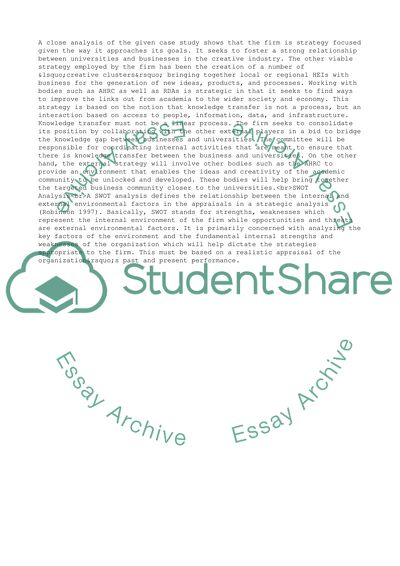Cite this document
(European Foundation for Quality Management Dissertation, n.d.)
European Foundation for Quality Management Dissertation. Retrieved from https://studentshare.org/management/1739940-strategy
European Foundation for Quality Management Dissertation. Retrieved from https://studentshare.org/management/1739940-strategy
(European Foundation for Quality Management Dissertation)
European Foundation for Quality Management Dissertation. https://studentshare.org/management/1739940-strategy.
European Foundation for Quality Management Dissertation. https://studentshare.org/management/1739940-strategy.
“European Foundation for Quality Management Dissertation”, n.d. https://studentshare.org/management/1739940-strategy.


